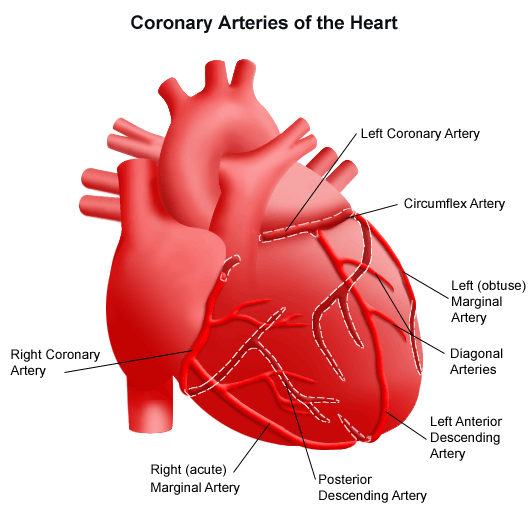For years scientists were sure that the heart virtually never regenerated.
Today this view has changed, and researchers at the Max Plank Institute for Heart and Lung Research have identified a stem cell population that is responsible for heart regeneration. Human hearts, as it turns out, do constantly regenerate, but at a very slow rate.
This finding brings the possibility that it might be possible to stimulate and augment this self-healing process, especially in patients with diseases or disorders of the heart, with new treatments.
Some vertebrates have the ability to regenerate large portions of their heart. For example zebrafish and several species of amphibians have the ability to self-heal and constantly maintain the heart at maximum capacity. This situation is quite different for mammals that have a low capacity for heart regeneration. Heart muscle cells in mammals stop dividing soon after birth.
However, mammalian hearts do have a resident stem cell population these cells replace heart muscle cells throughout the life of the organism, In humans, between 1-4% of all heart muscle cells are replaced every year.
Experiments with laboratory mice have identified at heart stem cells called Sca-1 cells that replace adult heart muscle cells and are activated when the heart is damaged. Under such conditions, Sca-1 cells produce significantly more heart muscle.
Unfortunately, the proportion of Sca-1 cells in the heart is very low, and finding them has been likened to searching for a diamond at the bottom of the Pacific Ocean.
Shizuka Uchida, the project leader of this research, said, “We also faced the problem that Sca-1 is no longer available in the cells as a marker protein for stem cells after they have been changed into heart muscle cells. To prove this, we had to be inventive.”
This inventiveness came in the form of a visible protein that was made all the time in the Sca-1 cells that would continue being made even if the cells differentiated into heart muscle.
Uchida put it this way: “In this way, we were able to establish that the proportion of the heart muscle cells originating from Sca-1 stem cells increased continuously in healthy mice. Around five percent of the heart muscle cells regenerated themselves within 18 months.”
When the same measurements were taken in mice with heart disease, the number of heart muscle cells made from Sca-1 stem cells increased three-fold.
“The data show that in principle the mammalian heart is able to trigger regeneration and renewal processes. Under normal circumstances, however, these processes are not enough to ultimately repair cardiac damage,” said Thomas Braun, the principal investigator in whose laboratory this work was done.
The aim is to devise and test strategies to improve the activity and number of these stem cells and, ultimately, to strengthen and augment the heart’s self-healing powers.

